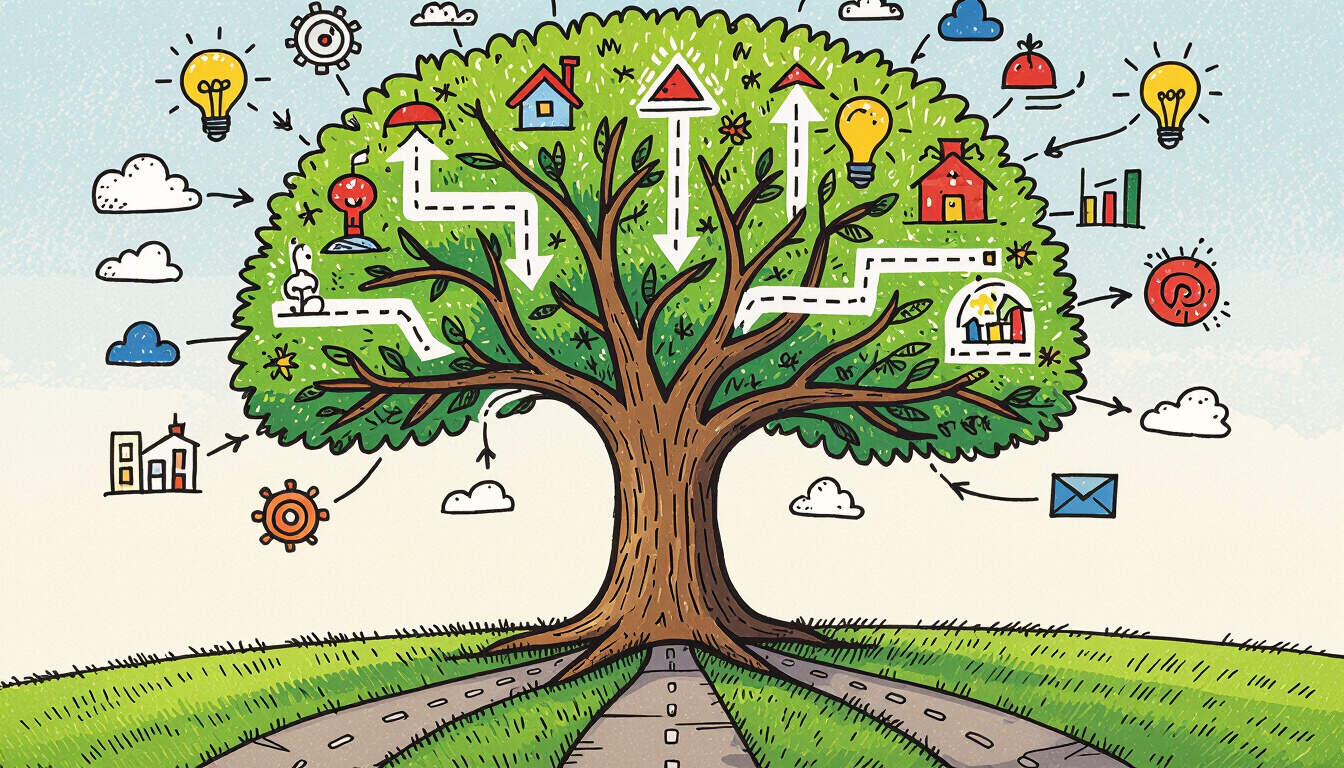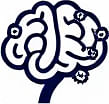Mental Models for Professional Growth
 by Max Miller
by Max Miller
Explore how mental models shape career advancement and personal development. This article examines key frameworks that foster better decision-making and adaptability in professional settings, offering practical insights for ongoing improvement.

Mental models serve as essential tools for anyone aiming to advance in their career. These cognitive frameworks help individuals process information and make decisions more effectively. For instance, adopting a growth mindset can transform how one approaches challenges at work.
In professional settings, a growth mindset encourages viewing obstacles as opportunities for learning. This model shifts focus from innate abilities to effort and strategy, leading to greater resilience. Professionals who embrace this often see faster progress in their roles.
Another valuable mental model is systems thinking. This approach involves seeing the bigger picture and understanding how different elements interconnect. In a business context, systems thinking helps identify patterns that affect team dynamics and project outcomes.
Applying systems thinking can reveal inefficiencies in workflows. For example, recognizing how communication breakdowns impact productivity allows for targeted improvements. This model promotes a holistic view, essential for long-term career success.
Feedback loops represent yet another key concept. These are processes where outputs influence future inputs, creating cycles of continuous refinement. In professional growth, feedback loops enable regular self-assessment and adjustment.
Consider a scenario where an employee seeks regular input from colleagues. Through feedback loops, they can refine their skills and adapt to new demands. This practice fosters a cycle of improvement that benefits both the individual and the organization.
Inversion thinking offers a fresh perspective by focusing on avoiding negatives rather than chasing positives. This mental model prompts professionals to ask what could go wrong and plan accordingly. By doing so, it minimizes risks in career decisions.
For instance, before accepting a new job, one might invert the situation and consider potential pitfalls. This helps in making more informed choices and avoiding common traps in professional paths.
Practical Steps to Implement Mental Models
To integrate these models into daily routines, start with simple habits. Begin by journaling thoughts and decisions, reflecting on which mental models were used. This builds awareness and strengthens cognitive tools over time.
- For growth mindset: Set specific, achievable goals and celebrate small wins to maintain motivation.
- For systems thinking: Map out processes in your work environment to visualize connections and dependencies.
- For feedback loops: Schedule routine check-ins with mentors or peers to gather insights and track progress.
- For inversion thinking: Regularly question assumptions by exploring opposite scenarios in planning sessions.
These steps make abstract concepts actionable. Over time, they lead to noticeable enhancements in performance and satisfaction.
The benefits of using mental models extend beyond individual growth. In team environments, they encourage collaboration and innovation. When group members share these frameworks, it aligns efforts and improves overall outcomes.
For example, a team applying systems thinking might redesign a project to address underlying issues, rather than just symptoms. This results in more sustainable solutions and stronger professional relationships.
Cognitive development through mental models also aids in adapting to change. As industries evolve, professionals equipped with these tools can pivot more easily. They analyze situations critically and respond with clarity.
In psychology, studies show that flexible thinking correlates with higher job satisfaction and reduced stress. By internalizing mental models, individuals build a foundation for lifelong learning and advancement.
Challenges and Overcoming Them
While powerful, mental models require consistent practice to become second nature. Initial efforts might feel awkward, but persistence pays off. Start small, focusing on one model at a time to avoid overwhelm.
Professionals often face barriers like time constraints or resistance to change. To counter this, integrate these practices into existing routines, such as during daily commutes or meetings.
Real-world examples illustrate success. A manager who adopted inversion thinking avoided a costly project delay by anticipating resource shortages. Similarly, an employee with a strong growth mindset turned a failed presentation into a learning opportunity, leading to future successes.
Ultimately, mental models empower individuals to take control of their professional journeys. By fostering better decision-making and adaptability, they pave the way for sustained growth and fulfillment.
In conclusion, incorporating mental models into daily life offers a practical path to professional advancement. These frameworks enhance cognitive development and support success in various fields. Whether in business strategies or personal pursuits, they provide the clarity needed to thrive.
